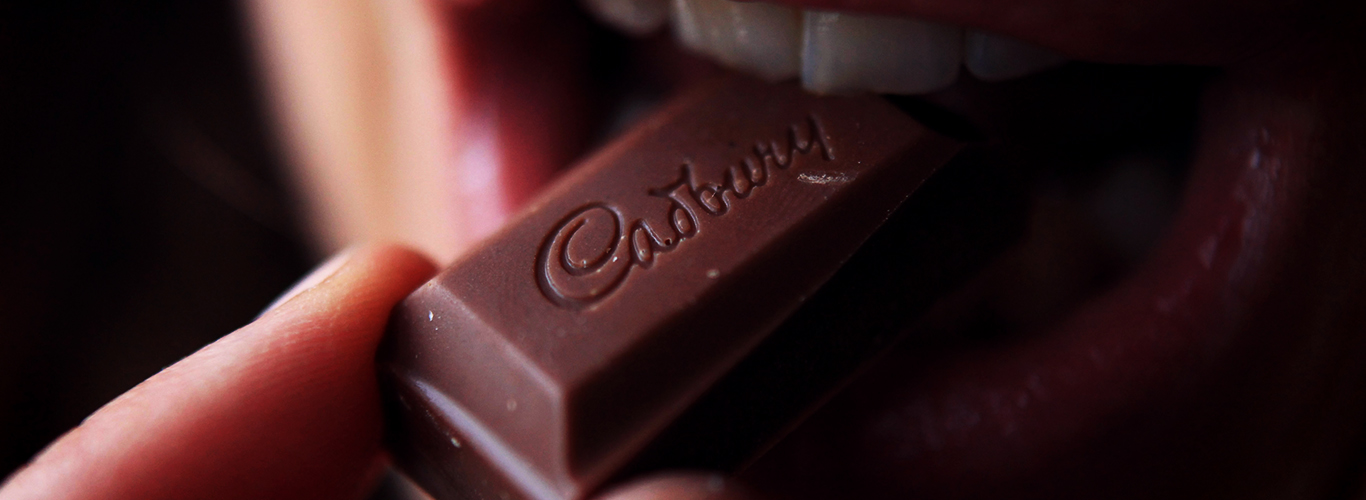The brand evolution of Cadbury
Cadbury, is the world’s leading confectionary, selling its products in almost every country.
In 1824, John Cadbury, opened up a shop at 93 Bull Street, alongside his father’s shop handling silk and other materials. He started selling cocoa, hot chocolate and other related items, in an effort to wean people away from alcohol.
Giving way to experimentation with his mortar and pestle, the business prospered with John selling 11 different kinds of cocoa and 16 different kind of drinking chocolate. He was joined by his brother Benjamin, and they soon received an order to serve Queen Victoria, cocoa and drinking chocolate.
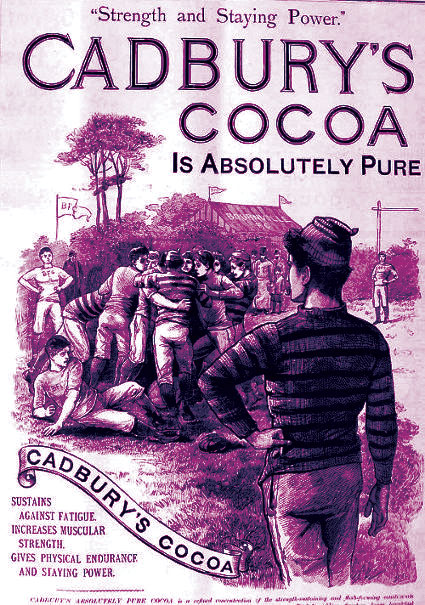
By 1860, the partnership dissolved due to John’s deteriorating health, and the business was divided between his sons, George and Richard. They made the first ever chocolate bar, which soon made Cadbury the front runner in the chocolate, and landed them millions of bucks.
In 1865, Cadbury Cocoa Essence was launched, which was touted as the “absolute pure and therefore best”, and created a revolution in chocolate production.

In the late 1870s, the family bought a farm near River Bourn, which would later lead to the famous “Bournville”. This later became a series of factories within a factory, as every requisite item was produced on site, ranging from the cartons to the printing plant.
As the years passed by, they continued expanding their workforce and churning out more and more variations of chocolates. In 1905, World’s most famous and most loved chocolate was launched. Any guesses? Dairy milk, duh!

When World War II started, Cadbury sent its workers as reinforcements with as many provisions as could be plied, especially the chocolates. Cadbury was promoted as a “fighting food” during this period.
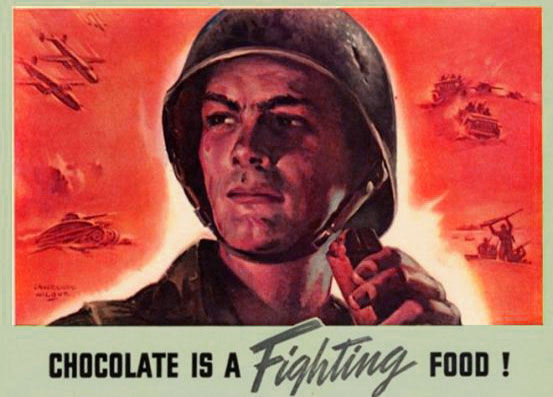 Cadbury entered the Indian market in 19 48, and at first primarily targeted young kids. The ads were well formulated, fitting in with the Indian society of then, which showed a loving father bringing chocolates home for his kids, a delicacy they could hardly afford for themselves.
Cadbury entered the Indian market in 19 48, and at first primarily targeted young kids. The ads were well formulated, fitting in with the Indian society of then, which showed a loving father bringing chocolates home for his kids, a delicacy they could hardly afford for themselves.
After this proved successful, Cadbury transferred its attention to the teenagers. The ads featured a young girl eating Cadbury, expressing her happiness at her friend hitting a century. Another one, feathered a prospective Indian bride, with henna on her hands, gently prying open the wrappers of the chocolate.
Next came the much talked about ad, featuring Cyrus Brocha crooning “Khaane walon ko khaane ka bahaana chahiye” as people of all age groups, the technocrat, the old guy, a working woman, all are seen nibbling the chocolate elatedly. With this, Cadbury created an indelible imprint of its reach across all age groups and successfully crossed all barriers.
After this, there was a slight change in the tactic of Cadbury, with it’s projected target being the replacement of the chocolate instead of the traditional sweets. Ads showed Cadbury being devoured at all times where celebrations were in order, say the day of receiving the pay, to normal occasions like after eating dinner and so on.
Apart from this, Cadbury also set itself a class apart by coming up with customised ads for every festival.
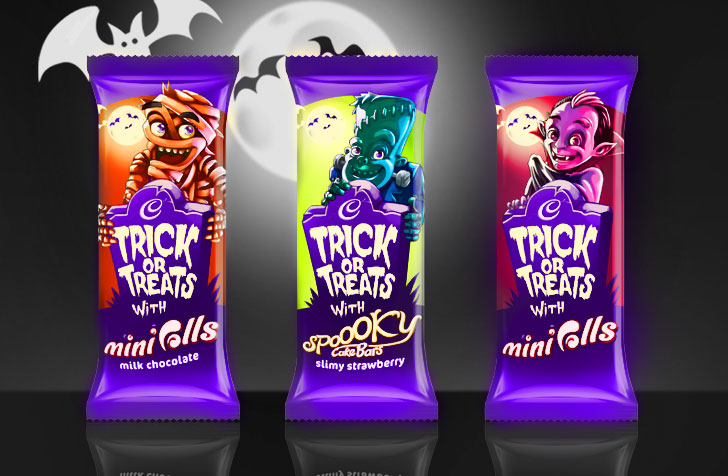
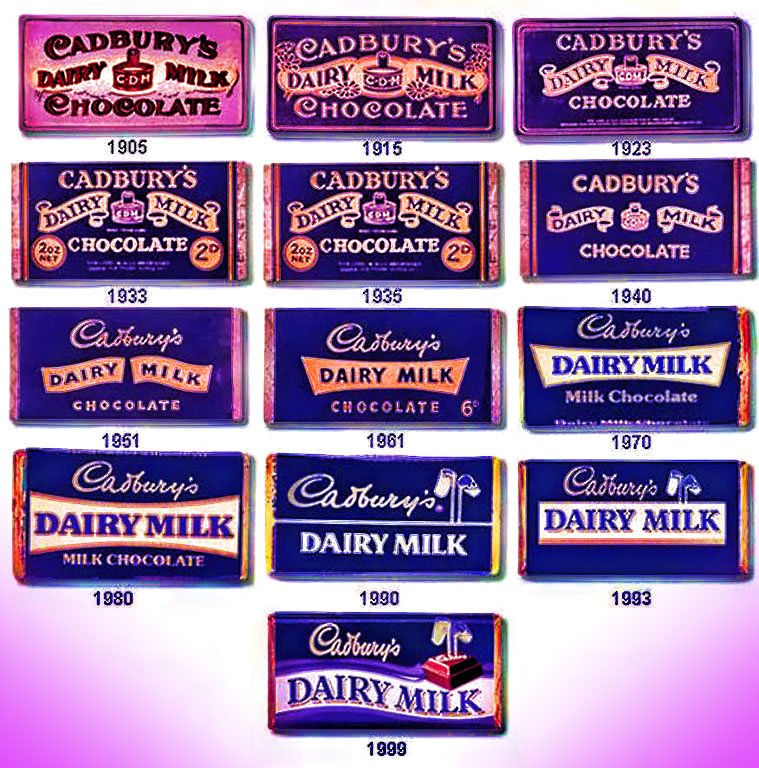
The annual turnover of Cadbury, the nation’s favourite confectionary, crossed Rs 10,000 crore in the year 2015, as reported by Times of India. You go, Cadbury!
We don’t take any credit for the branding of Cadbury. The article above gives insights into the branding of Cadbury and how it has evolved over the years. At sunSTRATEGIC , a leading voice in the area of social, content, branding, digital, we serve to revive, ignite and elevate brands. To know more, head to sunSTRATEGIC. nike air max 90 damen nike air max 90 damen nike air max 90 damen

